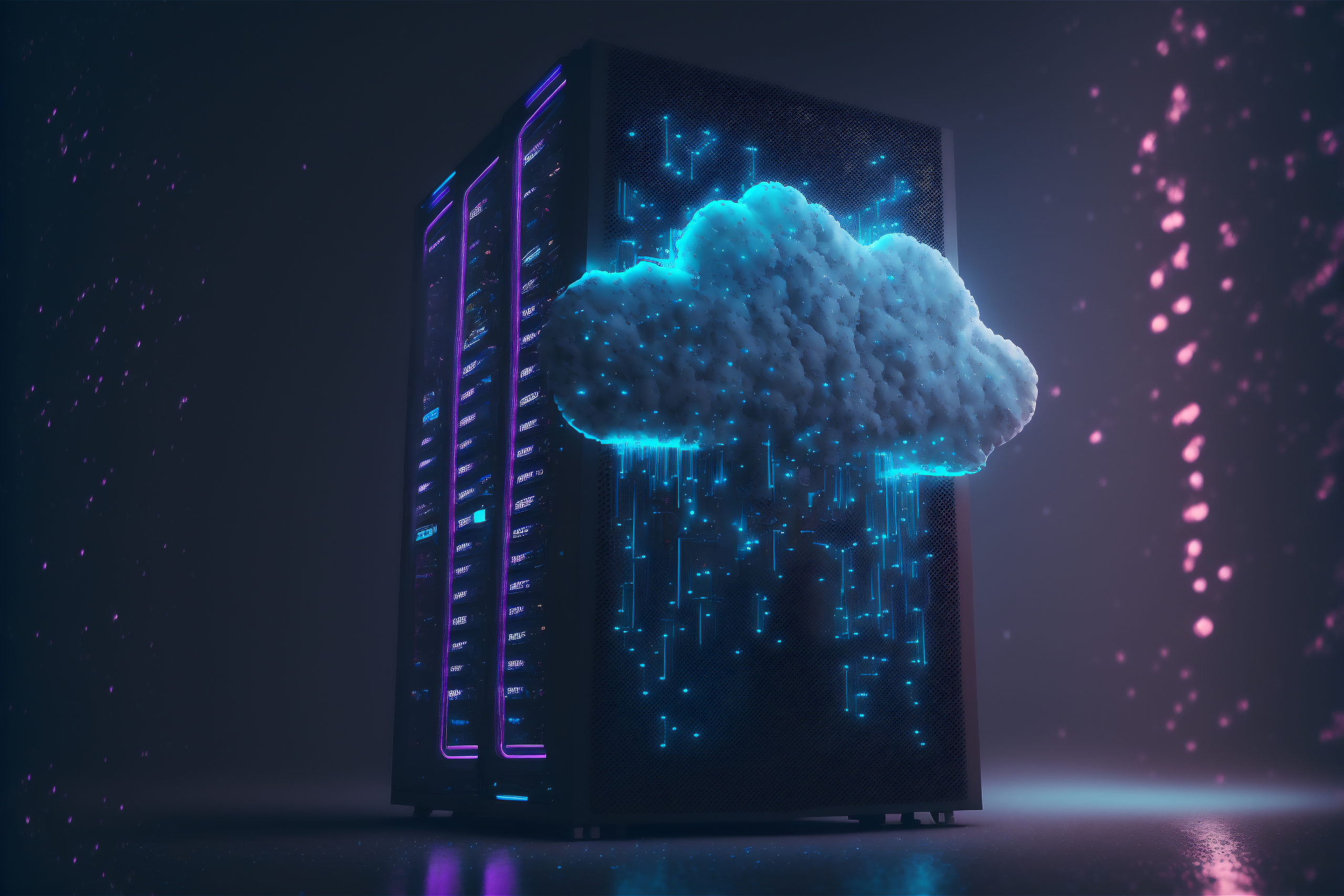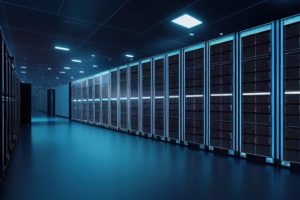
Data Centers: Warehousing The Cloud Computing Data
Data Centers: Warehousing The Cloud Computing Data
Posted on 2024-01-18
With the rapid changes in the working arena, data center technologies are evolving at a fast pace. Organizations can simply transform their IT experience and enjoy the benefits of enhanced connectivity, efficiency and speed using efficient data centers for their cloud data. Data centers play a crucial role in making cloud computing possible by providing physical facilities to the enterprise.
Data center: Meaning
A data center provides a physical room to the enterprise for housing all the IT infrastructure which is essential for running the applications and services of the enterprise. They also perform the key task of storing and managing the data associated with the applications and services. A data center is the backbone of the cloud provider’s infrastructure.
The increasing importance of Data centers
Data centers and cloud computing are becoming increasingly important as all enterprises need computing equipment for their web applications, to offer services to customers, run their internal applications like accounting, human resources etc. and to run their administrative operations efficiently. With data centers, organizations can bring together all their data in one place for easy access and to maintain the highest level of security. A cloud data center provides space as well as infrastructure to maintain large amounts of data and provides full security and compliance. Moreover, it provides greater flexibility in terms of usage, sharing the resources and data redundancy.
The main components of data centers
The three main elements of a data center are:
- Compute-The servers are the engines of the data centers which are required to run the different applications. They are powerful computers used to run the applications and provide services to the end-user.
- Storage-Storage component hosts the sensitive data and maintains the data backup.
- Network-network includes the cables, routers, firewalls and switches which help the server to connect to the outside world.

The data centers have complete physical infrastructure to provide the cloud services. They have efficient servers which can process and store the data, network equipment is there to provide internet connectivity and several systems which can maintain the environmental factors.
Data centers need to be available all the time so the servers need to have power back up which is provided by battery-operated UPS to provide protection against power outages. The servers are connected through cables so the data centers need to have a well laid out structure for the cables so they don’t cross out or get over-heated. Data centers also have equipment for controlling the environmental factors which can damage the hardware or hamper the data. Data centers essentially provide protection against temperature, humidity, static electricity, and fire.
Tier classification system for data centers
The tier classification system is based on the infrastructure required for data center operations. The tiers offer different levels of reliability and flexibility.
Tier I: The tier I data center is the basic capacity level for the office setting. It includes:
- UPS for power outages.
- IT systems
- Cooling equipment
- Engine generator for power outage
It protects against all disruptions from human errors but cannot protect against unexpected failure or outages.
Tier II: It provides better cooling components for greater maintenance and safety against disruptions. They have:
- Engine generators
- Energy storage
- Chillers and cooling units
- Heat rejection equipment
The components from Tier-II data centers can be removed without shutting them down however, unexpected failures can affect the system.
Tier III: These data centers provide greater redundancy and they don’t require shutting down during maintenance and replacement.
Tier-IV: This tier contains physically isolated systems which can avoid any kind of disruption from events- both planned and unplanned.
Types of data centers
On premises data centers: These are fully owned company data centers which store all the sensitive information and critical applications of that particular company. They provide better security as risks and returns are managed internally but are costly.
Colocation data centers: They are large data centers which provide storage space for servers and other computer hardware. Businesses can rent out space here to store the servers and computing hardware. They reduce the maintenance cost of the firms.
Cloud data center: They provide both space and infrastructure. Cloud providers can maintain large data centers and provide complete security and compliance. They provide great flexibility in payment and usage.
Cloud data centers are the most efficient data centers which can handle the growing needs of enterprises efficiently. The services provided by them can ease out the work of the enterprises considerably. With the exclusive flexibility in terms of use, sharing of resources, availability and redundancy offered by them, they are a great choice for business looking forward to grow and function efficiently.
